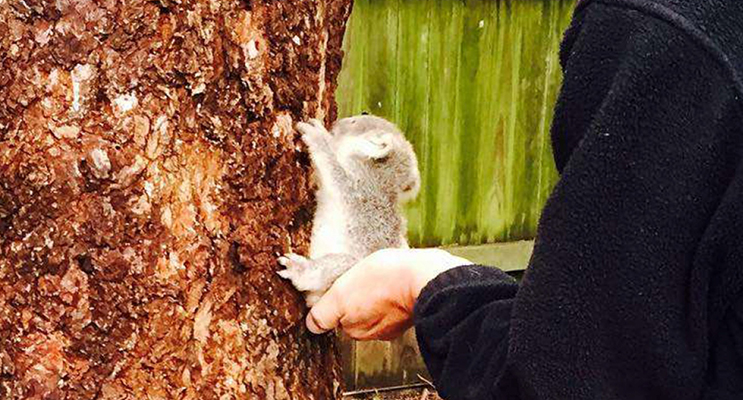
IN early June we were called out to a baby koala on the ground in the Swan Bay area of Hawks Nest following a cold and bitter night.
Her mother was in the tree above.
Despite encouraging the baby to climb the tree to her mother and waiting nearly an hour for mum to collect her, it was decided she needed to be taken into care.
We named her Louise, after the lady whose home she was found in, and took her to the group that cares for our koalas, Hunter Koala Preservation Society (HKPS) on the south side of Port Stephens.

On arrival into care, she weighed a miniscule 356 gm (a full grown koala weighs 10 kg or more).
Over the next few weeks she seemed to be thriving on six hourly feeds, day and night, on a special formula for marsupials.
She gained 466 gms.
Suddenly one night she began suffering severe diarrhoea going downhill over the following 24 hours and then sadly passed away.
Because of the unexpected nature of her death, she was sent to the University of Sydney Veterinary School for a post mortem.
She was found to have a twisted bowel which may have been brought on by formula she was eating rather than her mother’s milk.
The Australia Zoo, who is the primary authority on koala biology, advises that the success rate for artificially rearing pre-weaned baby koalas is only 10%, particularly if the baby is found on the ground and not in mum’s pouch.
Currently there is no specific artificial formula for koalas who have a significantly different biology to other marsupials because they eat eucalyptus leaves.
Research is going on to try to develop a koala formula and, if successful, the hand-rearing success rate should improve.
By Gail and Ian MORPHETT
